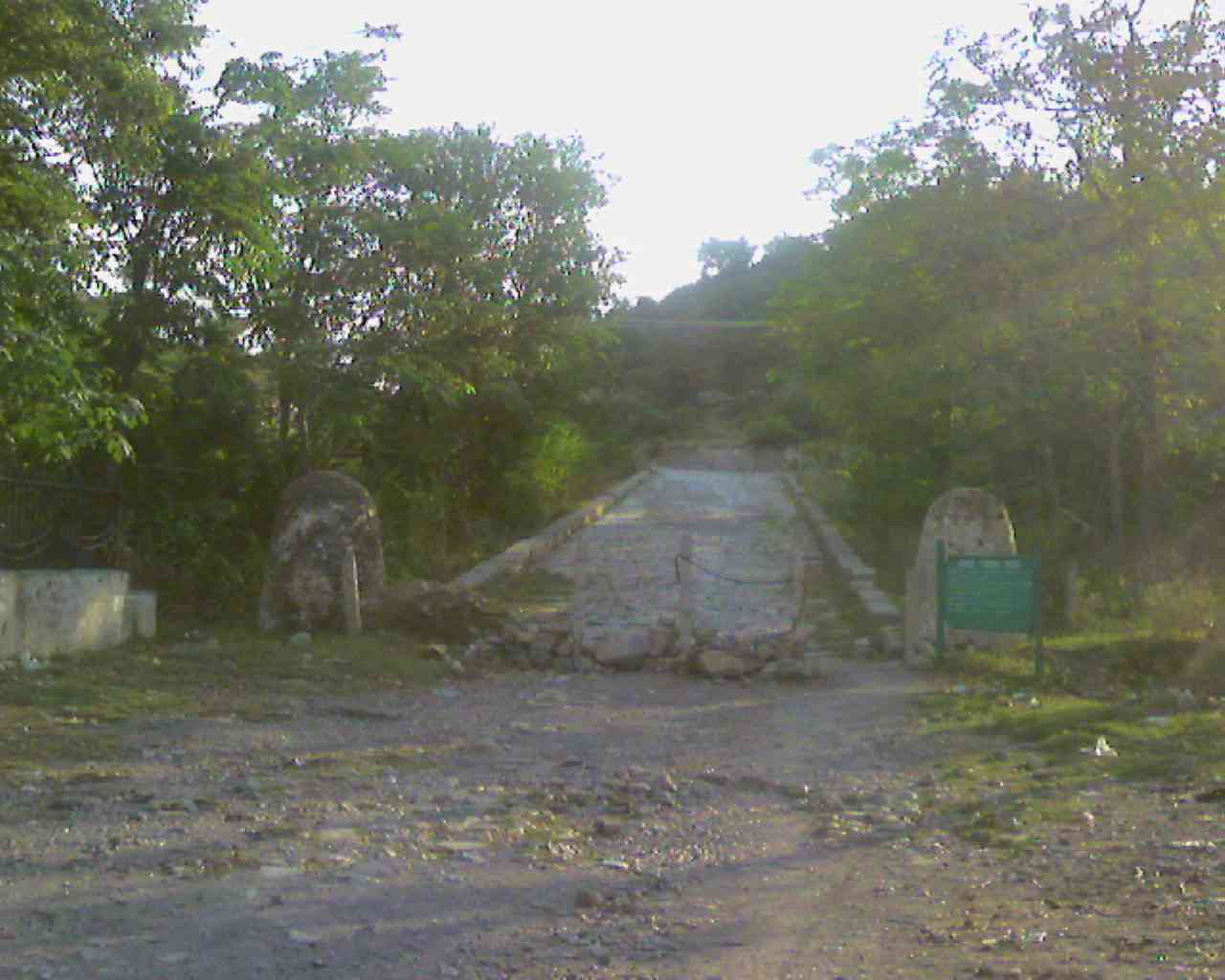
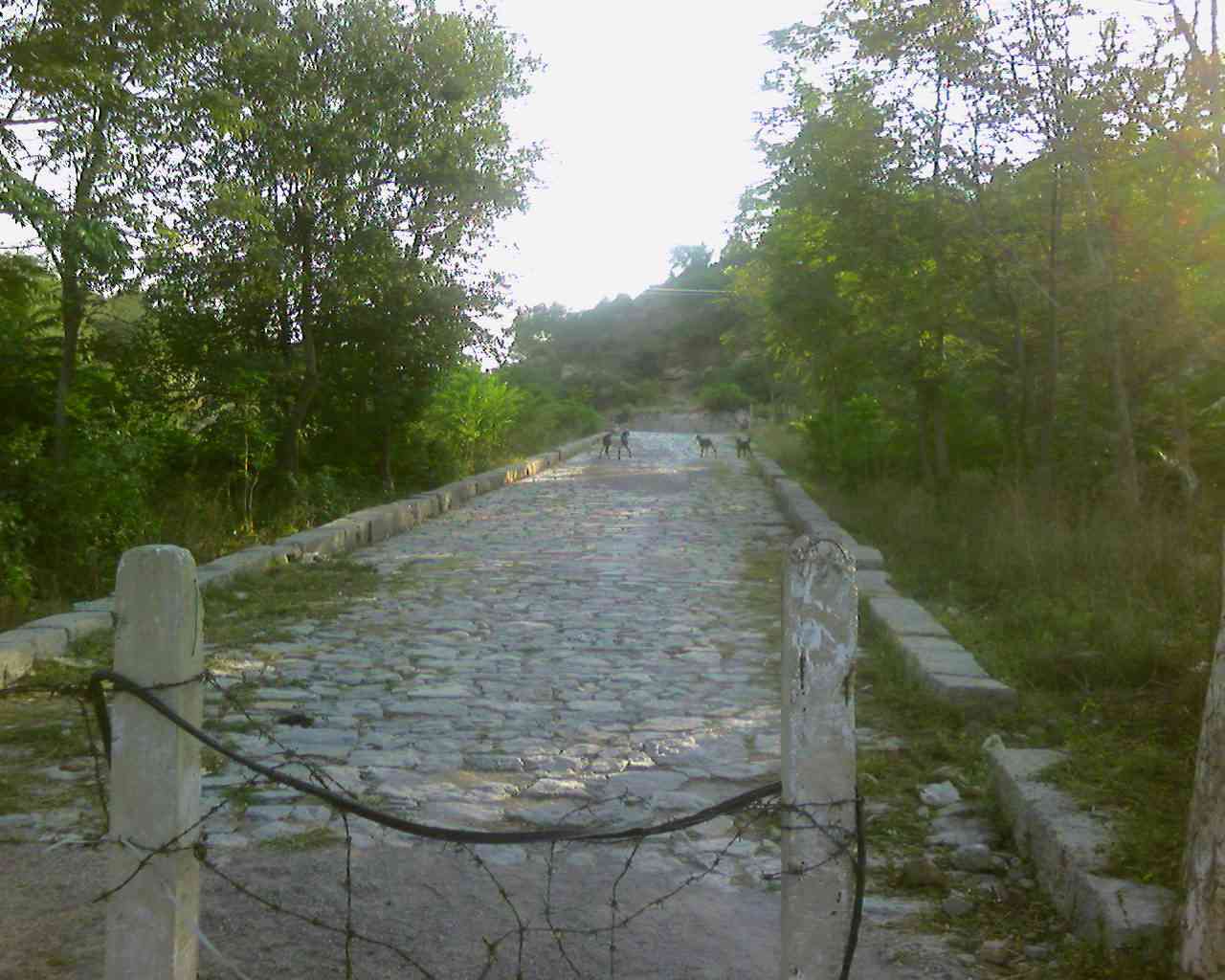

The Grand Trunk (GT) Road


The Road Where Once Horses Rode
The GT Road, often called as the "Gernaili Sadak" (the Generals' Road) and Sadak-e-Azam ('The Grand Road') was built by Sher Shah Suri, a visionary Muslim ruler of the Indian sub continent in the 16th century AD. The road originates from Kabul, Afghanistan enters Pakistan near Peshawar through the famous Khyber Pass, skirts the suburbs of Taxila, and goes down to Lahore and crosses into India at Wahgha, finally culminating its 2600 kilometres long journey at Kolkata. Initially the road was just a dirt track, which was paved by the Mughal emperors in the sixteenth century. The road, known to 17th century European travellers as 'the Long Walk', has a rich history and is still by far the busiest, wildest road in areas that are now part of Afghanistan, Pakistan and India. During the British rulers of colonial India, the road was renamed as the Grand Trunk Road.
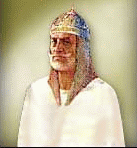 The road was constructed for good governance and
smooth and efficient administration. The GT Road along with its connecting
roads facilitated communication, helped trade and commerce to flourish and
made swift dispatch of soldiers from one place to another. The road also
helped the Sher Shah Suri in introducing the first organized postal system
in the Indian sub continent. To facilitate the postal runners and the
travellers, small inns, called "sarai" were constructed after every 20
miles. These inns acted as halting places of government officials moving
from one place to another. Each inn had a water pond by its side for
drinking water for the animals / horses. Big canopy trees were also planted
so as to provide shade lest the water dried up in scorching summers. Remains
of these inns, specially the old trees and ponds can still be seen along the
GT Road.
The road was constructed for good governance and
smooth and efficient administration. The GT Road along with its connecting
roads facilitated communication, helped trade and commerce to flourish and
made swift dispatch of soldiers from one place to another. The road also
helped the Sher Shah Suri in introducing the first organized postal system
in the Indian sub continent. To facilitate the postal runners and the
travellers, small inns, called "sarai" were constructed after every 20
miles. These inns acted as halting places of government officials moving
from one place to another. Each inn had a water pond by its side for
drinking water for the animals / horses. Big canopy trees were also planted
so as to provide shade lest the water dried up in scorching summers. Remains
of these inns, specially the old trees and ponds can still be seen along the
GT Road.
Even much before this road was built, the route from Afghanistan to this part of the then India, now Pakistan was frequented by all invaders, travellers, generals and their armies. One of them was Alexander the Great, the Macedonian king who conquered the Punjab in 326, and proceeded along the Grand Trunk Road to the river Hydaspes now called "Jhelum", where he fought the Indian ruler Porus. Alexander won this battle because he was able to cross the river, something Porus believed was impossible in the monsoon season. He did not know that Alexander had ordered one of his officers, Coenus, to transport the ships he had once used to cross the Indus, all the way to the Hydaspes. Even now people listen to these tales of soldiers' bravery to haul ships on land and then slip them into the rivers. Strange were those generals and soldiers.
A British made rail bridge that runs parallel to the present day Lahore-Rawalpindi section of the GT Road (Photo Courtesy: friend_faraway (back home)
The road from Peshawar to Lahore has been made a dual carriage way with all its scenic beauty preserved from rugged mountains of NWFP and lush green Potwar Plateau ruining almost parallel to the Lahore - Islamabad Motorway M-2. From Torkham Afghanistan-Pakistan border town, it passes through Peshawar, Nowshehra, Rawalpindi, Gujar Khan, Jhelum, Gujrat, Gujranwala onward to Lahore. Although the road in Pakistan continues down south as H-5 to Multan, Sukkur, Hyderabad and Karachi, it branches off from Lahore to Amritsar, India at Wahgha border. It crosses River Indus near at Attock, River Jhelum just outside Jhelum city, River Chenab near Gujrat and River Ravi near Lahore.
This road has seen many religions thriving on its sides, from Buddhism, Jainism, Sikhism, Hinduism and finally Islam. Even today the reflections of followers of these religions can be seen around this road. This grand road has seen rise and fall of many empires and creation of new countries. With Independence and Partition in 1947, it became a two-way escape route for 15 million refugees caught between Indian and Pakistan. One has to see this road with a peep into the history and the events that took place on and around it.
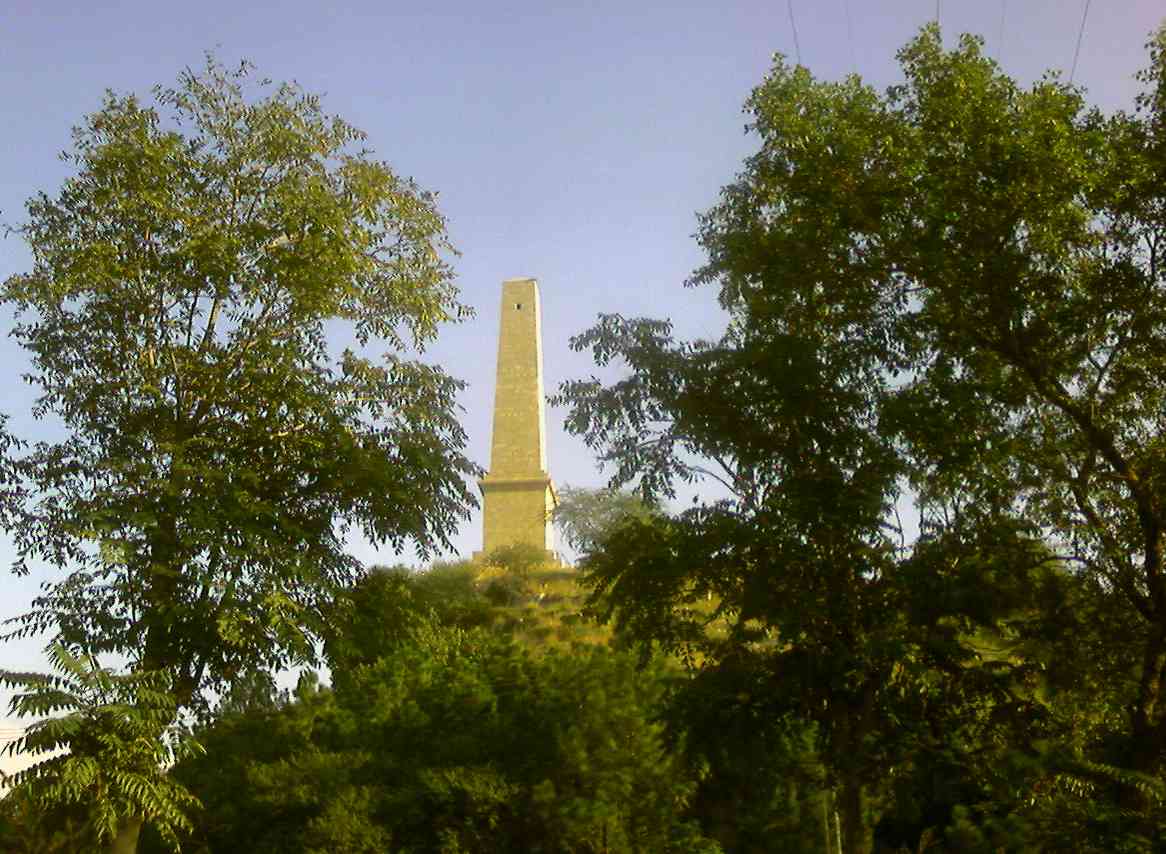
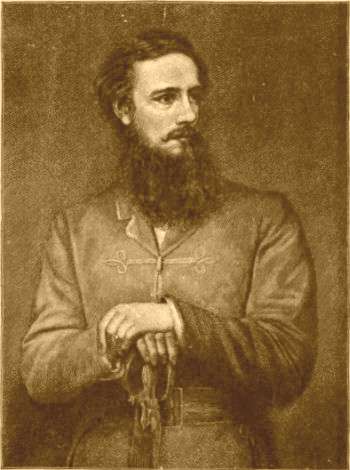
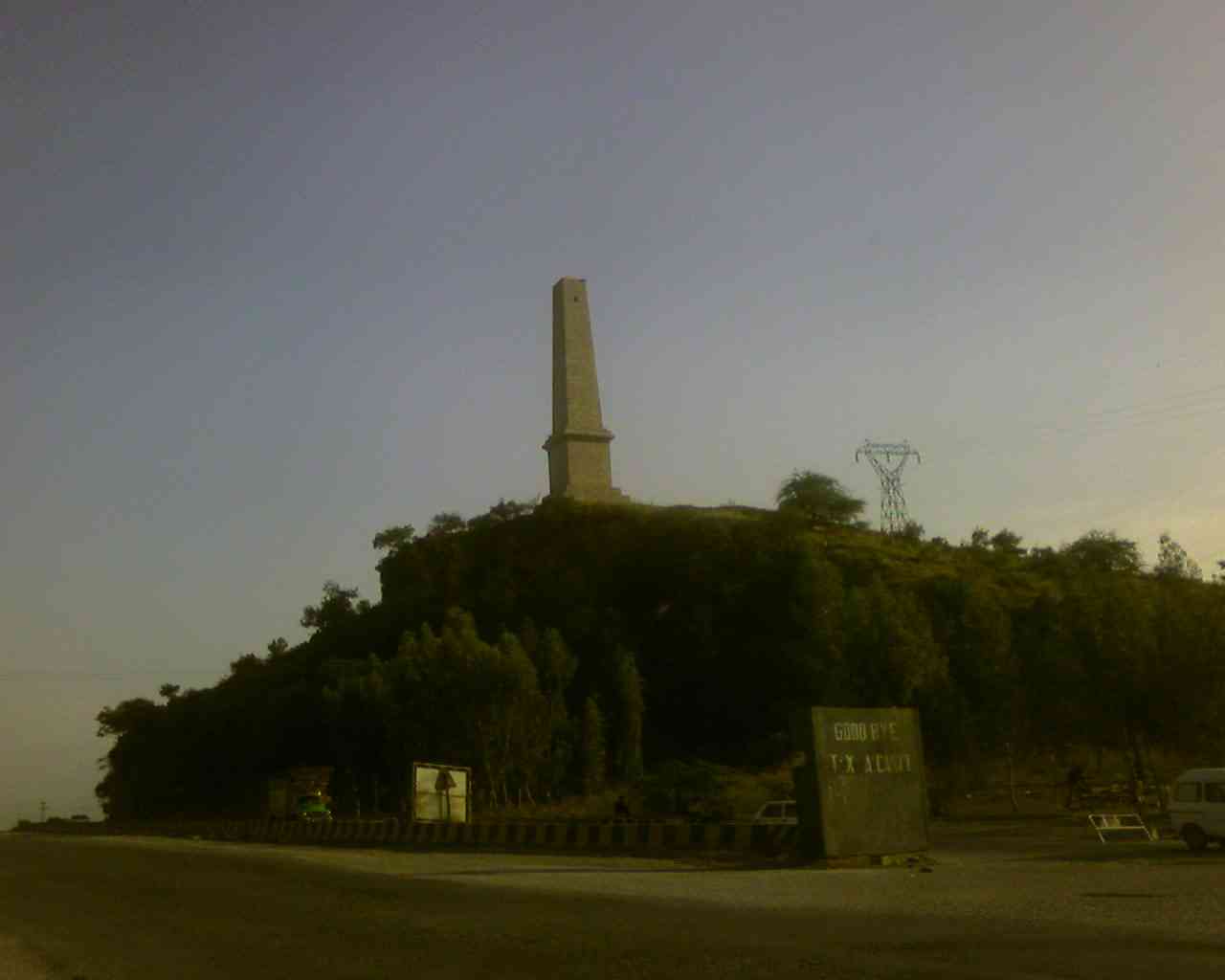
Just overlooking the remains of the GT Road, is the Nicholson's Monument after Brigadier General John Nicholson (above centre) who fought the Afghan wars with the British Army in the northern areas bordering Afghanistan. However, the young general died at the age of 34 from wounds he received during the siege of Delhi in the famous Jang-e-Azadi or the Great Mutiny as the British call it in 1857.
|
Related Links:
|
Grand
Trunk Odyssey |
Grand
Trunk Road from Peshawar to Islamabad |
Driving on GT Road, Pakistan |
|
|
Copyright©JalalsPages - 2005 - 2009 |